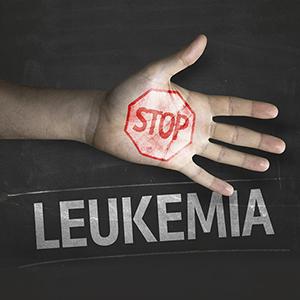
Diagnosing leukemia
Physical Exam: During a physical exam, a doctor may look for lumps (formed by accumulation of abnormal cells in the skin). Also known as Choloromas or Skin rashes. A thorough medical history will be taken and the patient can report a family history of leukemia or any symptoms or risk factors.
Blood Tests: Blood tests, like a complete blood count (CBC) can detect leukemia. A CBC determines the number of white blood cells, red blood cells and platelets. It can also count the number of red blood cells that make up the blood sample and the amount of haemoglobin in the blood.
A peripheral blood smear may also be done. A peripheral blood smear will determine the presence of blast cells and also reveals the type and quantity of white blood cells.
Cytogenic analysis is a blood test in which a blood sample will be taken and is examined to check for changes in the chromosomes of the lymphocytes. This blood test may also be ordered.
Biopsy: A biopsy is procedure in which a sample of cells is removed from the body that has to be examined and checked for cancer. Bone marrow aspiration is a type of biopsy used to diagnose leukemia. A fine needle is inserted into the hip or breast bone and a sample of the bone and bone marrow is removed. It is then examined by a pathologist. Lymph node biopsy is also done.
Lumbar Puncture/Spinal Tap: A lumbar puncture or spinal tap may be done to diagnose leukemia. Under an anaesthetic, a small amount of spinal fluid is removed from the spaces between the vertebrae and later, the fluid will be examined by a pathologist.
Other Medical Tests and Procedures Used to Diagnose Leukemia: Other procedures like CT scan, X-Ray, MRI, and ultrasound may be used to diagnose leukemia.
Genetic tests to determine the specific sub-type and treatment options.












